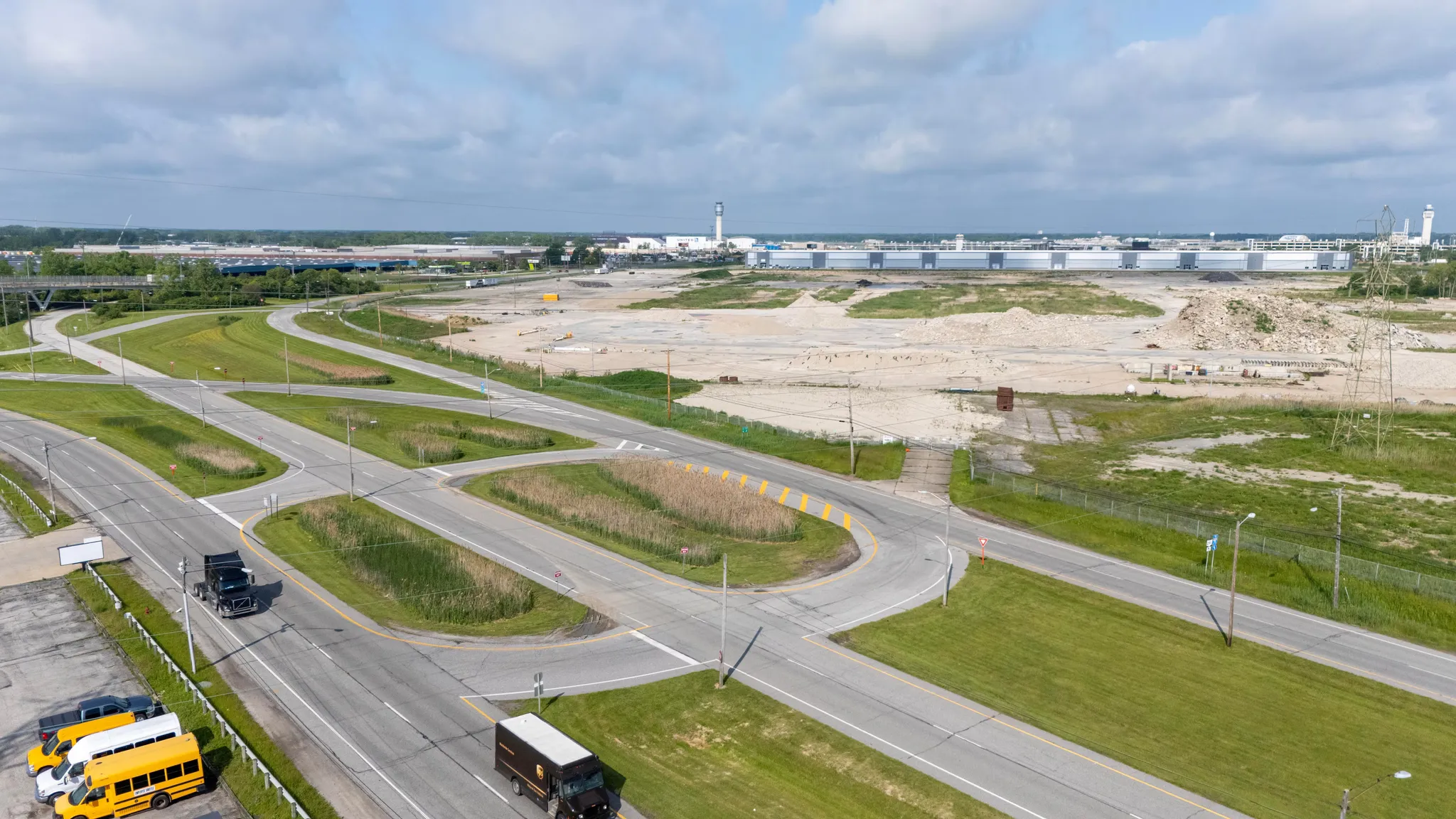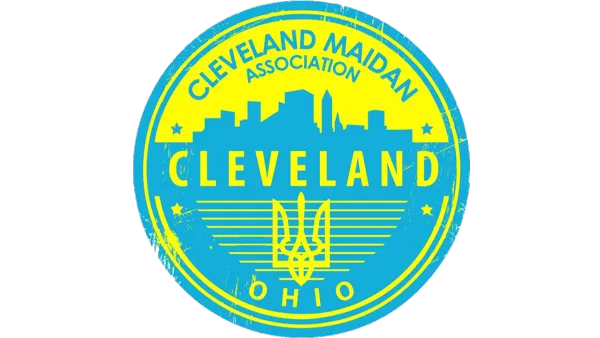CLEVELAND, Ohio — On Friday, June 27, 2025, Haslam Sports Group (HSG) took a decisive step toward creating a new home for the Cleveland Browns by purchasing 176 acres of land in Brook Park for $76 million, near Cleveland Hopkins International Airport. This deal, executed through the subsidiary Primacy Development LLC, marks the beginning of a transformative $3.6 billion project that includes a $2.4 billion domed stadium and a multi-purpose complex with hotels, apartments, restaurants, and offices. While the city of Cleveland struggles to keep the Browns on Lake Erie’s waterfront, the Haslams’ ambition promises to reshape the economic landscape of Northeast Ohio — or become the most expensive risk for the region.
This purchase, documented in Cuyahoga County records, was made possible after Ohio legislators approved a $600 million allocation from unclaimed state funds for the project, which is part of a two-year budget awaiting Governor Mike DeWine's signature by July 1. Along with $1.2 billion in private investment from HSG and partners such as Texas-based Lincoln Property Company, and an additional $600 million from Brook Park and Cuyahoga County, the project is positioned as a “generational opportunity,” in the words of Browns co-owner Jimmy Haslam. However, opposition from Cleveland Mayor Justin Bibb and County Executive Chris Ronayne, who describe the plan as “risky” and “fiscally irresponsible,” casts a shadow over its future.
From industrial wasteland to sports mecca
The site on Snow Road, 18300, was once part of two Ford Motor Co. plants, which in 2021 were purchased by developers Weston Inc., Scannell Properties, and DiGeronimo Cos. for $31.5 million. After demolishing the old structures and converting part of the land into warehouse space, the remaining 176 acres became an ideal canvas for the Haslams’ vision. Located 1,000 feet from the airport, adjacent to Interstates 71 and 480 and Norfolk Southern rail lines, this land offers unique accessibility, making it attractive for creating a sports and entertainment hub capable of hosting major events from NCAA finals to world-class concerts.
HSG’s plan includes a stadium, sunk 80 feet below grade due to its proximity to the airport, which would be the first of its kind in the NFL. Next to it will be a 300,000-square-foot retail and entertainment complex, two luxury hotels, 1,100 apartments, and 500,000 square feet of office space with capacity for 14,000 parking spaces. According to consulting firm RCLCO, the project will generate an annual economic impact of $1.3 billion and create 5,400 permanent and 6,000 construction jobs. Brook Park Mayor Edward Orcutt called it “a transformative investment” that will make the region a magnet for tourism and development. “This is not just a stadium,” he said. “We are building a community where people will live, work, and play all year round.”
The battle for the Browns: Cleveland vs. the suburbs
Haslam’s decision to leave Huntington Bank Field, built in 1999 on Cleveland’s waterfront, has sparked a storm of emotion and political maneuvering. Mayor Bibb, who advocates for keeping the Browns downtown, called the move “deeply disappointing” and estimated the economic loss for local businesses at $30 million annually. In August 2024, he proposed $461 million for renovating the current stadium, but HSG dismissed this idea as a “short-term solution” that wouldn’t generate the same economic effect as the Brook Park domed complex. Bibb also references the 1996 Modell law, which requires teams using taxpayer-supported facilities to secure city approval or allow local investors to buy the team before relocating. HSG has challenged this law in federal court, calling it unconstitutional, while Ohio Attorney General Dave Yost backed Cleveland’s stance.
The opposition is further fueled by criticism of the funding plan. The Haslams are requesting $1.2 billion in public funds, including $422 million from new taxes in Brook Park (on admission, revenue, and parking), $178 million from Cuyahoga County hotel and rental car taxes, and $600 million from the state via bonds repaid by project taxes. Chris Ronayne labeled these projections “overly optimistic,” pointing out risks to the county’s credit rating. The Akron Beacon Journal editorial strongly criticized the plan, calling it “a billionaire’s bailout at taxpayers’ expense,” while schools remain underfunded. Additional tension stems from the Haslams’ political ties: according to Ohio Capital Journal, they donated $60,999 to House Speaker Matt Huffman, who actively supports the project.
Challenges and opportunities
Despite the land deal, the path to executing the project remains thorny. The Haslams must complete financing and secure approval from local residents by the end of 2025, which may include voting on tax initiatives. The history of failed sports projects in Ohio, such as Canton’s Pro Football Hall of Fame Village, highlights risks of cost overruns and unmet expectations. Furthermore, lawsuits with the city of Cleveland and skepticism from Ronayne, who emphasizes prioritizing projects like a new county jail, complicate negotiations. Governor DeWine, who must sign the budget by July 1, faces a dilemma: support the project risking criticism for prioritizing sports venues over social needs, or veto the funding, potentially forcing the Haslams to revisit the stadium renovation in Cleveland.
For Browns fans, whose passion is at the heart of Cleveland’s culture, the move to Brook Park evokes mixed feelings. Some see the new stadium as an opportunity for the region to become a sports and entertainment hub rivaling Midwestern cities. Others, as expressed during public hearings, fear the loss of traditions like the iconic tailgating along the waterfront. “If we rebuild the stadium in the same spot, we’ll miss out on a chance for something new,” remarked one Cleveland City Council attendee. However, the average cost of a family of four attending a game—$800 in 2024—raises questions about whether ordinary taxpayers can afford to frequent games at the new complex.
Looking ahead
While the Browns prepare for the 2025 season at the old stadium, the Haslams are already eyeing 2029, when the new Huntington Bank Field could open its doors. Designed by HKS architecture firm, the project promises a “world-class” experience for fans and an economic boost for the region. But can the Haslams overcome legal, financial, and public hurdles? Will Brook Park become Ohio’s new football capital, or will it remain just a billionaire’s grand vision? In a city still haunted by the pain of the Browns’ 1996 move to Baltimore, this battle for the team’s future is not just economic but deeply emotional. As Cleveland stands at a crossroads, one thing is clear: decisions made in the coming months will shape the Browns’ legacy for generations to come.



